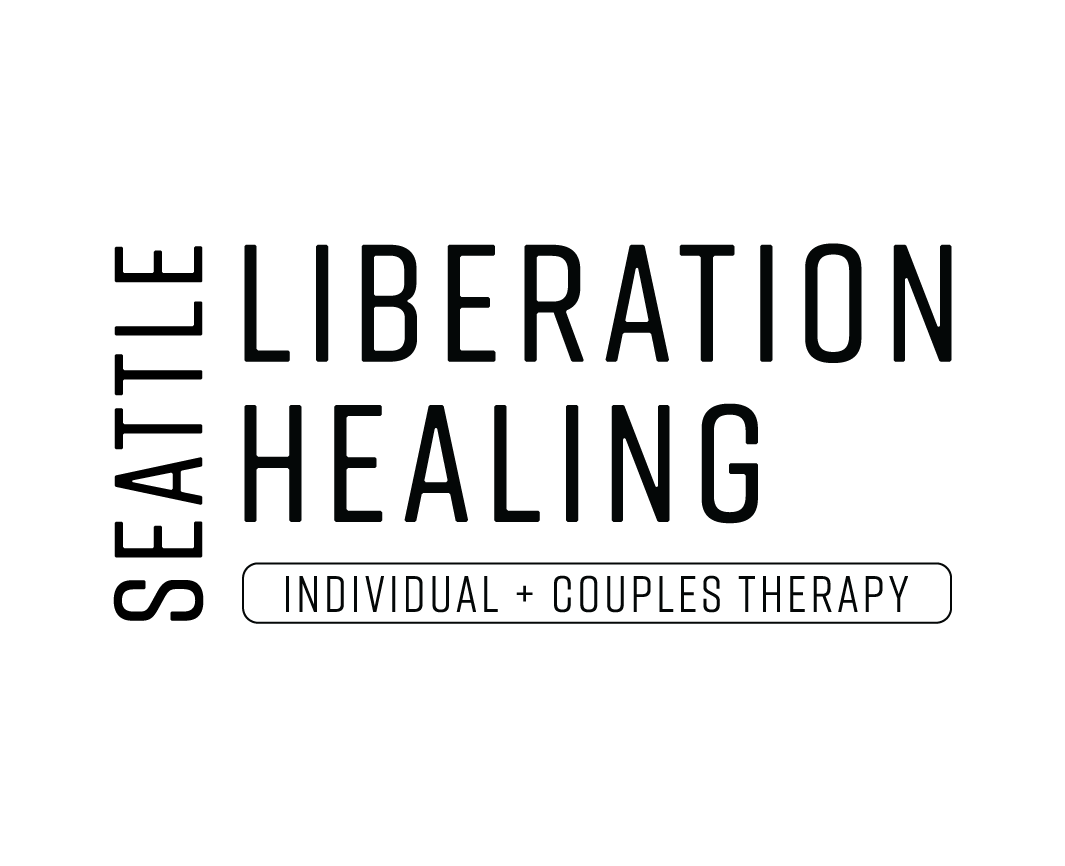What Helps Associate Therapists Become Effective Therapists?
Continually studying, learning, practicing, and researching human development, mental health, therapy, and counseling (those that work harder at becoming effective therapists tend to be more effective therapists)
See Supershrink article here
According to a 2015 article, data revealed the most effective practitioners devoted 2.5 times more hours to deliberate practicing therapy skills and interventions than clinicians with average outcomes vs. engaging in an activity through reading, listening, etc.
According to research, length of time as a therapist does not dictate therapeutic effectiveness
According to research, longer amount of time in the field can sometimes lead to poorer and less effective outcomes due to lack of continual learning, studying, and deliberately practicing skills and interventions. See The Dunning–Kruger effect
Passion and commitment for the work
Having a why will sustain the work on days it’s hard and challenging
Asking for feedback from clients (positive, neutral, and negative) and responding and tailoring treatment accordingly
What is working?
What is not working?
Why isn’t this working?
Asking questions from more experienced therapists and colleagues
Being honest and authentic to yourself (congruence)
It is exhausting putting on a mask, being the therapist we think we “should” be, putting others on a pedestal and comparing ourselves with others
There is a sense of ease, calm, and relaxation in being who we are, honoring our gifts, allowing ourself to be imperfect, and showing up as we are in the therapeutic space
Practicing self reflection and awareness
Understanding our own implicit biases, areas of growth/weaknesses, our countertransference,
Practicing compassion for Self
Harsh judgement, repetitive criticism, shaming, blaming rarely helps someone grow, learn, and transform in effective clinicians
Practicing patience
The client sets the pace of change, not us
Practicing different levels and types of empathy (cognitive, emotional, affective)
Practicing flexibility
Practicing teaching and providing psychoeducation to clients
A part of therapy is providing education to clients
Practicing curiosity
Endless curiosity
Practicing assertive boundaries
Process vs. content
Seeing beyond what the client is saying
Scanning for the implicit, unconscious, and what it not being said
Looking for patterns and dynamics
Making connections
Being really good at asking a variety of open ended questions
Being really good at active listening
Being okay with uncertainty, ambiguity, and not knowing all the answers
Practice sitting in silence with a client
WAIT: Why am I talking?
WAIST: Why am I still talking?
